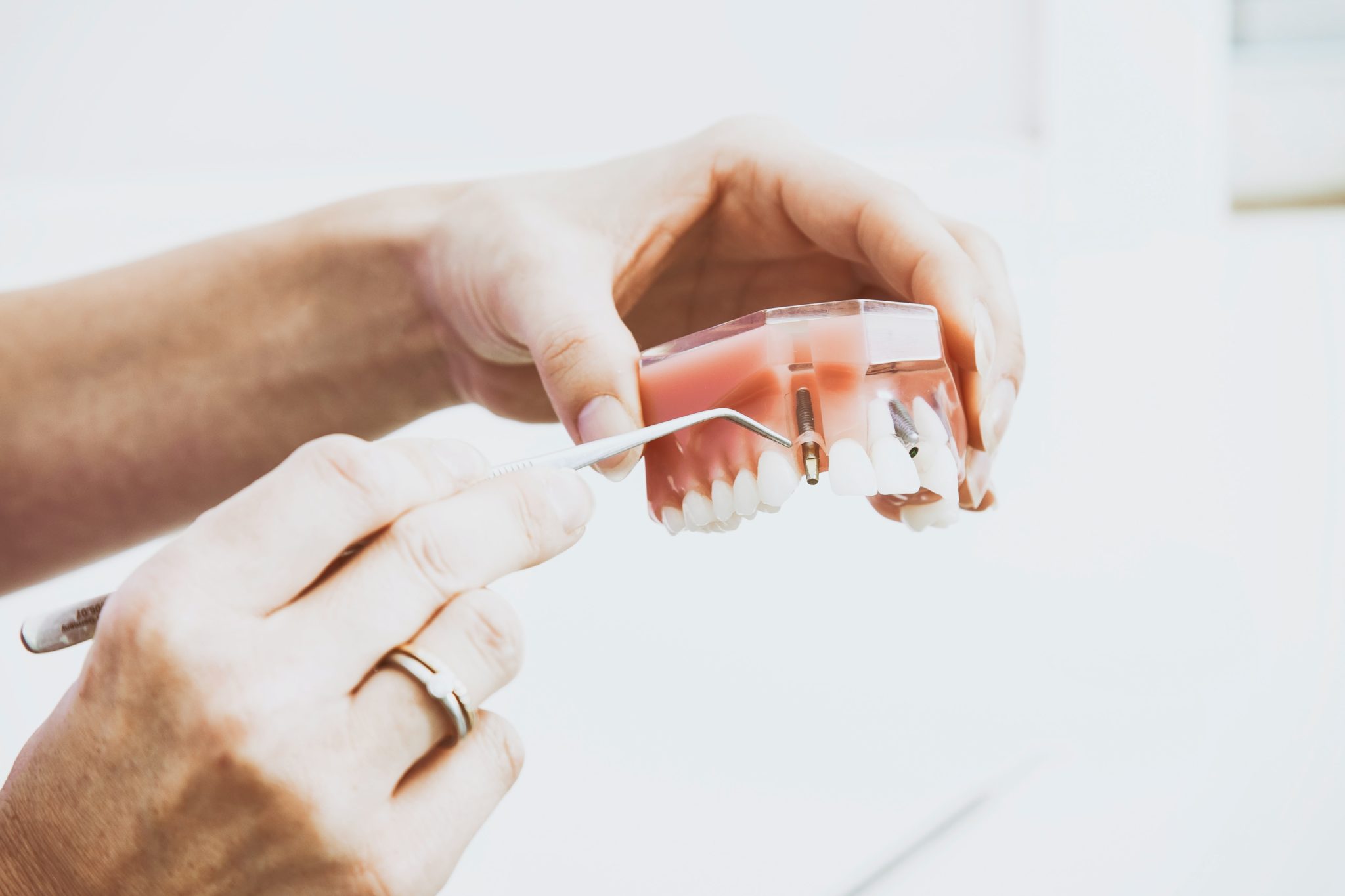

When it comes to dental treatments, crowns, and implants are two of the most popular options. But what’s the difference between them, and which is the better choice for you?
In this blog post, we’ll explain the differences between crowns and implants, the types of available crowns and implants, the procedures involved for each, and the pros and cons of each.
A crown is a dental restoration that covers and encases a damaged tooth. It is made from various materials such as porcelain, gold, or metal and is designed to look and function like a natural tooth. Crowns can be used to restore a tooth that is cracked, decayed, or otherwise damaged.
An implant is a prosthetic tooth root made of titanium surgically placed into the jawbone. Implants are used to replace missing or damaged teeth and can provide a permanent and secure solution.
Crowns are an excellent option for restoring a damaged tooth and can be completed relatively quickly. Crowns provide a more natural look and feel than other dental restoration options, such as bridges or dentures. They are also more affordable than implants.
Implants are an exception long-term solution for replacing missing teeth or improving the stability of an existing dentition. They support the surrounding teeth, can provide improved speech, and can last for decades with proper care.
Check all our Crown & Bridge dental services.
Check all our Implant dental services.
See below the procedure of applying crowns and implants, and define how you will explain it to your patients.
The procedure for getting a crown typically involves four steps: preparation, impression, temporary crown, and permanent crown.
Learn more:
Full Cast Gold Crowns and Bridges
The procedure for getting an implant typically involves five steps: x-rays and planning, surgery, healing, placement of the abutment, and placement of crown.
Learn more:
Atlantis™ Titanium Dental Abutments
Finally, let’s dive in on the pros and cons of crowns and implants and, hopefully, help your patients decide which way they’ll go in the crown vs implant matter!
Watch the insights of Dr. Steve Tapie, head of Keating’s Implant Department, about successful implant solutions!
Crowns and implants are two of the most popular dental treatments, and each has its own advantages and disadvantages.
Crowns are a great way to restore a damaged tooth, and they can be done quickly and inexpensively.
Implants are an excellent long-term solution for replacing missing teeth, and they can provide a secure fit and improved speech.
When considering crowns or implants together with your patients, it’s essential to explain all the pros and cons of each option so you’ll make an informed decision!
For more guides like these, keep an eye on our blog and Dental Up!
Fill out the form to send us a quick message, and we’ll get back to you right away!
16881 Hale Ave
Irvine, CA 92606
Main Phone: 1-800-433-9833
Request New Doctor Kit
Phone: 1-800-433-9833
Email: [email protected]
Request Shipping Supplies
Phone: 1-800-433-9833
Email: [email protected]
Founded in 2002, Keating Dental Lab is a full-service dental laboratory serving dentists and patients throughout the United States. Think of Keating as your one-stop solution, offering everything from case planning and diagnostic waxing, to full arch implant hybrid restorations.
Thank You!
Your information has been received.
CHECK YOUR EMAIL FOR DETAILS ON HOW TO RECEIVE YOUR DISCOUNT.
Click here to learn more about Keating Dental Lab.

Thank You!
Your information has been received.
If you have a question, or would like to talk to us about a case, give us a call:
877-872-3510
Click here to learn more about Keating Dental Lab.

Thank You!
Your information has been received.
If you have a question, or would like to talk to us about a case, give us a call: 877-872-3510
Click here to learn more about Keating Dental Lab.

{field:firstname}
Get Your Free Keating Doctor Kit
Experience the ‘Keating Difference’
For Licensed Dentists Only.
Join our mailing list and receive: Exclusive Offers, Technology Updates, Product Alerts
Get Your Free Keating Doctor Kit
Experience the ‘Keating Difference’
For Licensed Dentists Only.